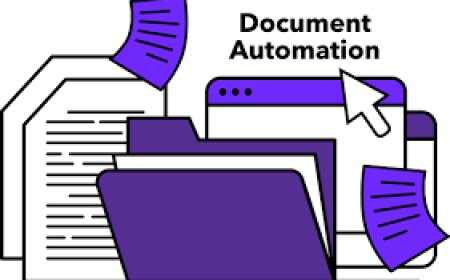Pandas Rename Columns: Creating Clarity in Every Dataset
In data science, clarity is just as important as accuracy. Whether youre working with a fresh CSV import or merging datasets from multiple sources, one of the first steps you should take is reviewing the column names. Clean, descriptive labels not only make your dataset easier to navigate but also prevent costly mistakes during analysis. Thats why mastering how to use pandas rename columns is such an essential practice for anyone working with data in Python.
Why Renaming Columns Is a Critical Step
When datasets are generated automatically or imported from external systems, the column headers often dont reflect the true meaning of the data they contain. They may be abbreviated, inconsistent, or completely non-descriptive. This can lead to confusionnot just for you, but for teammates, clients, or systems that rely on clean data.
Clear column names offer several advantages:
-
Faster interpretation: You dont have to keep checking what col_1 or X5 refers to.
-
Fewer errors: When names are descriptive, theres less chance of referencing the wrong data.
-
Better documentation: Clean labels help you and others understand the structure of the dataset months later.
-
Improved reporting: Charts and dashboards look cleaner when theyre based on meaningful headers.
When You Should Rename Columns
Renaming should be one of the very first steps you take in your data-cleaning process. If your column names arent immediately understandable, or if they dont reflect business terms, they should be updated.
Here are some common triggers:
-
Importing a file with default or vague headers
-
Merging two or more DataFrames with conflicting column names
-
Preparing data for public presentation or stakeholder reporting
-
Setting up automated pipelines where consistent column names matter
Best Practices to Follow
When applying the rename function in Pandas, the goal should always be consistency, clarity, and simplicity. Here are a few tips that help make the most of it:
-
Use snake_case (like
order_date) or camelCase (orderDate) and stick to it throughout your dataset. -
Avoid special characters like hyphens, spaces, or symbols that may break scripts or tools.
-
Keep column names concise but descriptiveshort enough to be readable, long enough to make sense.
-
Think about future readersyour teammates, your manager, or even yourself months from now.
How It Impacts Teamwork and Automation
In collaborative environments, one person's messy column name can become another persons roadblock. If one team member labels a field as value and another calls it total_amount, confusion can quickly spiral.
Similarly, in automation or machine learning, scripts rely on exact column names. Even a minor differencelike OrderDate vs. order_datecan break your code or create subtle bugs. Thats why consistent naming is not just about style; its about functionality and stability.
Final Thoughts
Renaming columns in Pandas isnt just a good habitits an essential part of building reliable, readable datasets. Whether youre preparing for analysis, building a report, or automating a process, taking a few moments to label your columns correctly can save hours of confusion down the line.
So next time you load a new DataFrame, dont skip over the headers. Use the opportunity to create clarity from the start. The ability to confidently and efficiently pandas rename columns will serve you well in every stage of your data journey.








&srotate=0)



























